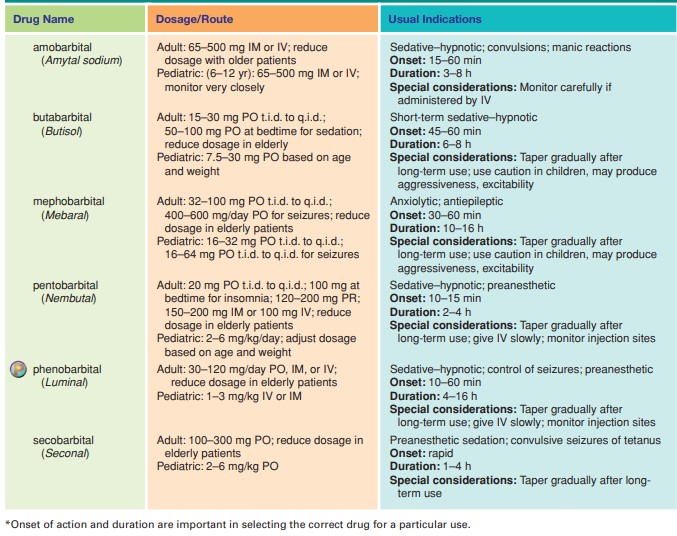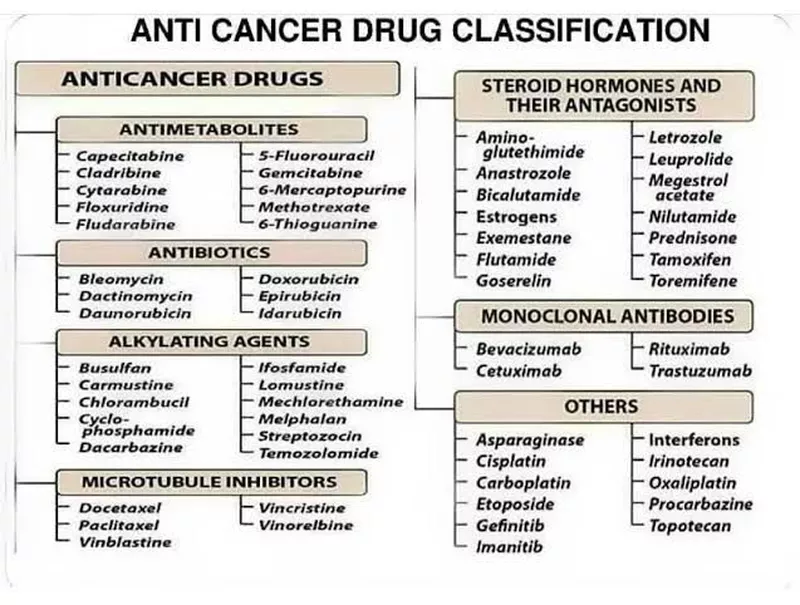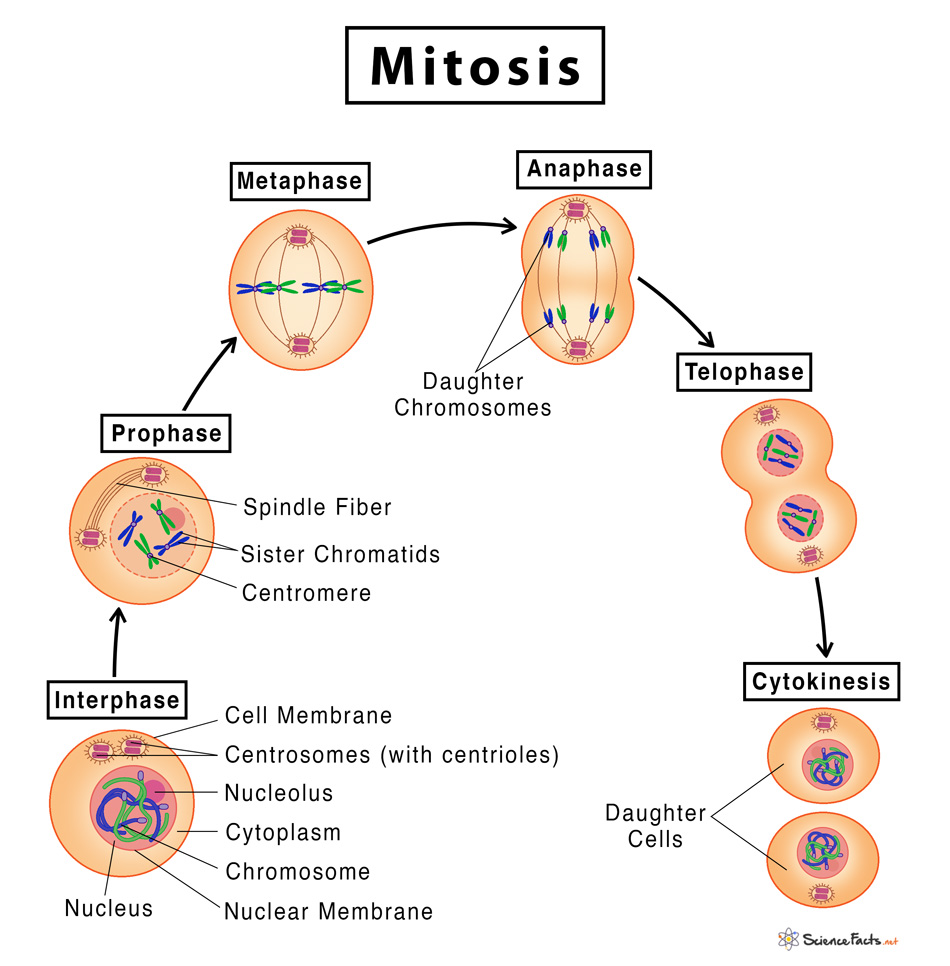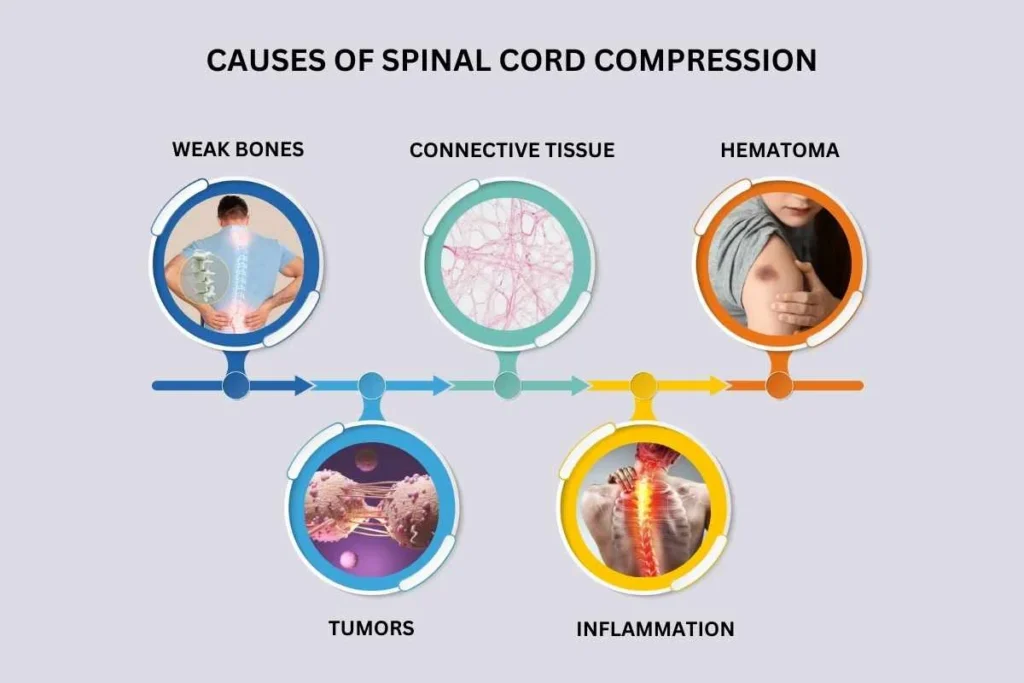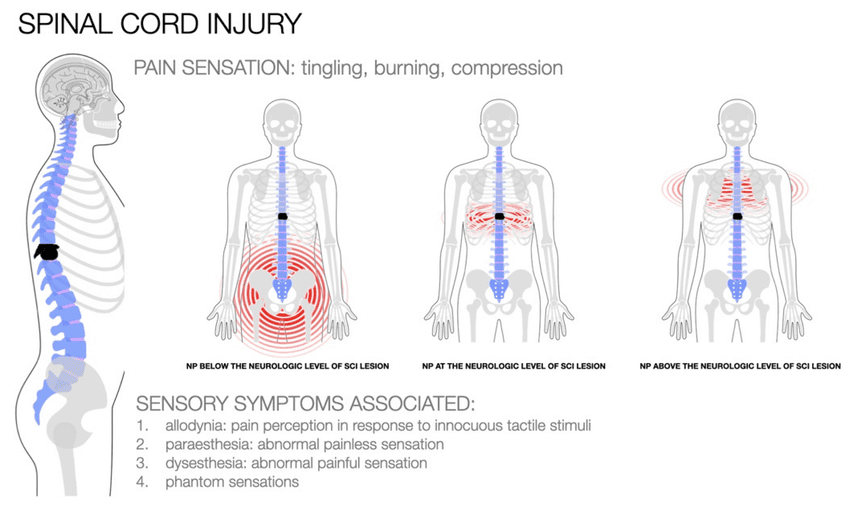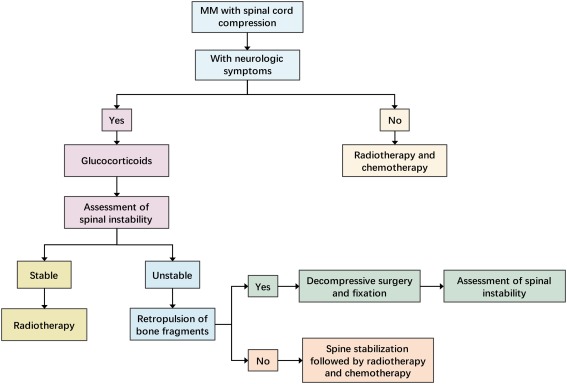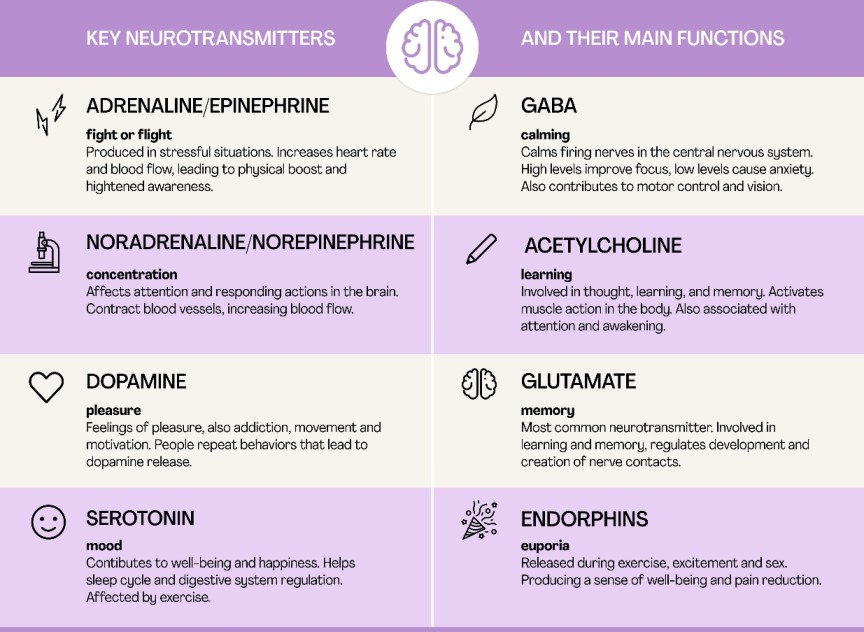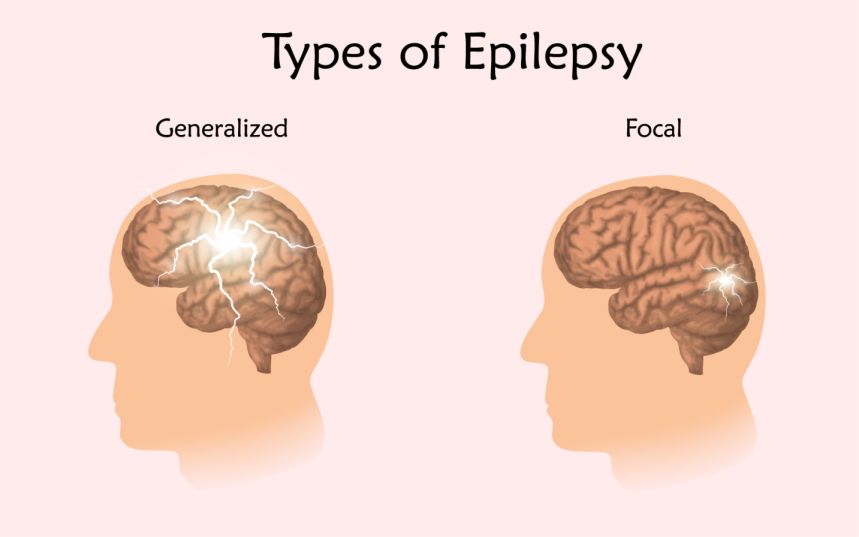Nursing Exam Question Approach
Nursing Exam Question Approach.
In this comprehensive guide, we will explore and provide examples of the Question Approach for nurses preparing for their nursing exams. We will cover question types such as EXPLAIN, OUTLINE, DESCRIBE, MENTION, IDENTIFY, STATE, LIST, WHAT, and GIVE.
Also, we will dive into question approaches specifically related to Nursing Management questions, including specific nursing interventions, considerations, concerns, issues, and interventions.
The EXPLAIN Question Approach
In Simple Terms: "Explain" means to give details and reasons. You need to show *how* or *why* something happens, not just what it is.
The EXPLAIN question requires nurses to provide a detailed explanation of a particular concept, process, or condition. When approaching an EXPLAIN question, follow these steps:
Step 1: Understand the questionCarefully read the question and identify the main topic or concept that needs to be explained. Pay attention to any specific instructions or requirements.
Step 2: Organize your responseCreate an outline or mental map of the key points you want to include in your explanation. Start with a concise introduction that provides context and a clear thesis statement. Then, present your main points in a logical order, supporting them with relevant evidence or examples.
Step 3: Provide a thorough explanationElaborate on each key point using clear and concise language. Use appropriate nursing terminology and provide examples or case studies to enhance your explanation. Aim to cover all relevant aspects of the topic while maintaining a coherent and structured response.
Example EXPLAIN question:
“Explain the pathophysiology of diabetes mellitus and its effects on the body.”
Sample response:
Diabetes mellitus is a chronic metabolic disorder characterized by high blood glucose levels due to impaired insulin secretion, insulin action, or both. The pathophysiology of diabetes involves multiple factors that contribute to the development and progression of the disease.
Firstly, in type 1 diabetes, an autoimmune process leads to the destruction of insulin-producing beta cells in the pancreas. This results in a deficiency of insulin and requires external insulin administration. On the other hand, type 2 diabetes is primarily characterized by insulin resistance, where the body’s cells become less responsive to insulin.
Insulin is a hormone produced by the beta cells of the pancreas, and its main function is to regulate glucose metabolism. In diabetes, the lack of insulin or the body’s inability to use it effectively leads to hyperglycemia. Persistently high blood glucose levels can have detrimental effects on various organs and systems in the body.
The effects of diabetes on the body are many. It can lead to macrovascular complications, such as cardiovascular disease, stroke, and peripheral vascular disease. Also, microvascular complications may arise, affecting small blood vessels in the eyes, kidneys, and nerves. Diabetes can also increase the risk of infections, slow wound healing, and cause diabetic neuropathy and nephropathy.
The OUTLINE Question Approach
In Simple Terms: "Outline" means to create a structured summary. Use main headings and sub-points to show the main parts of a topic in a clear, organized way.
The OUTLINE question requires nurses to present a structured overview of a particular topic, process, or care plan. When approaching an OUTLINE question, follow these steps:
Step 1: Analyze the questionCarefully read the question and identify the main components or aspects that need to be outlined. Pay attention to any specific instructions or requirements.
Step 2: Organize your responseCreate a clear and logical outline for your response. Identify the main headings or sections that you will include and arrange them in a coherent order. Each section should address a specific aspect of the topic or process.
Step 3: Provide detailed informationUnder each heading or section, provide detailed information, explanations, or examples related to that particular aspect. Use concise and informative language, ensuring that your outline is well-structured and easy to follow.
Example OUTLINE question
“Outline the steps involved in the nursing process.”
Sample response:
The nursing process is a systematic framework that guides nurses in delivering patient-centered care. It consists of five essential steps: assessment, diagnosis, planning, implementation, and evaluation.
- Assessment:
-
Gather relevant patient data, including physical, psychological, social, and cultural aspects.
Perform a comprehensive health history and physical examination.
Utilize assessment tools and techniques to collect objective and subjective data.
Document and organize the collected data systematically.
- Diagnosis:
Analyze the assessment data to identify health problems, risks, or potential complications. - Planning:
Establish patient-centered goals and outcomes in collaboration with the patient. - Implementation:
Execute the planned nursing interventions effectively and efficiently. - Evaluation:
Assess the patient’s response to the nursing interventions and the achievement of goals. Compare the actual outcomes with the expected outcomes.
The DESCRIBE Question Approach
In Simple Terms: "Describe" means to paint a picture with words. You need to give a detailed account of the characteristics or features of something.
The DESCRIBE question requires nurses to provide a detailed account or characterization of a particular topic, condition, or intervention. When approaching a DESCRIBE question, follow these steps:
Step 1: Understand the questionCarefully read the question and identify the main topic or subject that needs to be described. Pay attention to any specific instructions or requirements.
Step 2: Provide a comprehensive descriptionOffer a thorough and comprehensive description of the topic or subject. Include relevant details, characteristics, features, or components. Use clear and concise language to ensure clarity and understanding.
Step 3: Use appropriate terminologyUtilize appropriate nursing terminology to accurately describe the topic or subject. This will demonstrate your knowledge and understanding of the nursing concepts related to the question.
Step 4: Provide examples (if applicable)Enhance your description by providing relevant examples. These real-life scenarios will help illustrate the topic or subject and provide a practical way for understanding.
Example DESCRIBE question:
“Describe the stages of wound healing.”
Sample response:
Wound healing is a complex process that involves several distinct stages. Understanding these stages is essential for nurses to provide appropriate wound care and promote optimal healing.
- Hemostasis:
-
This initial stage begins immediately after the injury occurs.
Blood vessels constrict to reduce blood flow and prevent excessive bleeding.
- Inflammatory phase:
-
This phase typically lasts for 2-3 days.
Inflammation occurs as a response to tissue injury.
- Proliferative phase:
This phase generally occurs between days 3 and 20. - Maturation phase:
-
This final phase can last for several months to years.
The MENTION / IDENTIFY / STATE Question Approach
In Simple Terms: These words mean "give a short, direct answer." Just name the specific facts or points asked for, without extra explanation.
The MENTION/IDENTIFY/STATE question requires nurses to highlight or state specific information or facts related to a particular topic or condition. When approaching such a question, follow these steps:
Step 1: Understand the questionCarefully read the question and identify the specific information or facts that need to be mentioned, identified, or stated. Pay attention to any specific instructions.
Step 2: Provide a direct responseOffer a direct and concise response to the question. Avoid unnecessary elaboration or providing excessive details beyond what is asked.
Step 3: Use precise languageUse precise and accurate language to give the required information. Ensure that your response aligns with the question and provides the requested details.
Step 4: Provide examples if applicableIf the question allows for it or if it helps clarify the information, you can provide relevant examples or scenarios to support your response.
Example MENTION / IDENTIFY / STATE question:
“Mention/ Identify/ State the types of delusions.”
Sample response:
- Grandiose delusions; the patient believes s/he is somebody great /important ,knowledgeable or powerful contrary to the social cultural ,religious background and experiences.
- Delusion of guilty and worthlessness; the patient believes s/he is not worth to live even though there’s nothing to justify this belief.
- Delusions of jealousy; the patient believes that spouse/partner is being unfaithful even when there is no evidence to suggest so.
- Delusion of persecution: the patient believes they’re being deliberately wronged, conspired or harmed by another person or agency even when there’s no evidence to suggest so.
- Religious delusions; the individual believes he or she has a special link with God that is out keeping with people of the same religious belief.
- Delusions of control, influence or phenomenon; these are three types; belief that the person performs activities as a result of an extreme force.
The LIST Question Approach
In Simple Terms: "List" means to present points one after another, usually with a short description for each one.
The LIST question requires nurses to present a series of items, factors, or elements related to a specific topic or condition. When approaching a LIST question, follow these steps:
Step 1: Understand the questionCarefully read the question and identify the specific items or factors that need to be listed. Pay attention to any specific instructions or requirements.
Step 2: Organize your responseCreate a well-structured list that presents the items or factors in a logical and coherent order. Consider using bullet points or numbered lists for clarity.
Step 3: Provide concise descriptionsUnder each item or factor, provide a concise description or explanation. Keep your descriptions clear, informative, and relevant to the question.
Example LIST question:
“List the risk factors for cardiovascular disease.”
Sample response:
- Hypertension: High blood pressure increases the strain on the heart and blood vessels, leading to an increased risk of cardiovascular problems.
- High cholesterol levels: Elevated levels of LDL (low-density lipoprotein) cholesterol, also known as “bad” cholesterol, can lead to the formation of plaque in the arteries, restricting blood flow and increasing the risk of cardiovascular events.
- Smoking: Tobacco smoke contains harmful chemicals that can damage blood vessels and promote the development of atherosclerosis.
- Obesity: Excess body weight, especially when concentrated around the abdomen, increases the risk of hypertension, high cholesterol, and diabetes, all of which contribute to cardiovascular disease.
- Sedentary lifestyle: Lack of regular physical activity can contribute to obesity, hypertension, and other risk factors for cardiovascular disease.
- Diabetes mellitus: Individuals with diabetes have a higher risk of developing cardiovascular disease due to the impact of chronically elevated blood glucose levels on blood vessels and the heart.
- Family history: Having a close relative, such as a parent or sibling, with a history of cardiovascular disease increases an individual’s risk.
- Age and gender: Advancing age and being male are additional risk factors for cardiovascular disease.
The WHAT Question Approach
In Simple Terms: "What" asks for a definition. Give a clear, simple explanation of the term or concept.
The WHAT question requires nurses to provide an explanation or definition of a specific term, concept, or procedure. When approaching a WHAT question, follow these steps:
Step 1: Understand the questionCarefully read the question and identify the specific term, concept, or procedure that needs to be explained or defined. Pay attention to any specific instructions.
Step 2: Provide a clear explanation or definitionOffer a clear and concise explanation or definition of the term, concept, or procedure. Use simple language and avoid unnecessary words.
Step 3: Provide examples if applicableIf the term, concept, or procedure can be further elucidated with examples or scenarios, provide relevant and practical illustrations to enhance understanding.
Example WHAT question:
“What is sepsis?”
Sample response:
Sepsis is a potentially life-threatening condition that occurs when the body’s response to an infection becomes unregulated, leading to widespread inflammation and organ dysfunction. It is often triggered by bacterial, fungal, or viral infections, but can also result from other sources of inflammation.
Nursing Exam Question Approach Read More »










